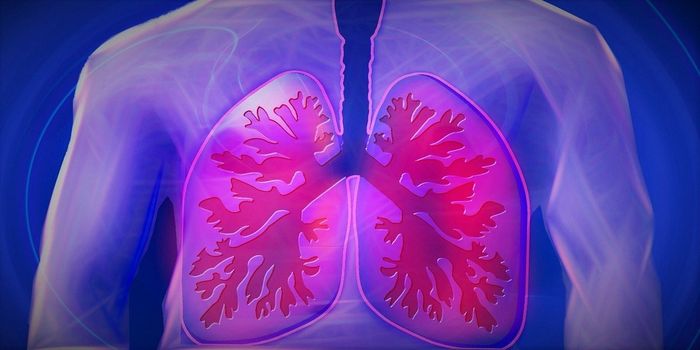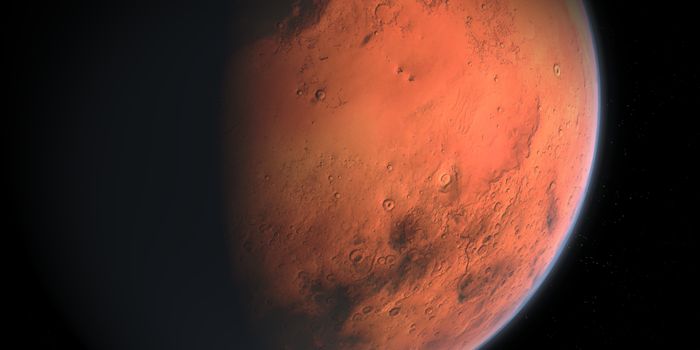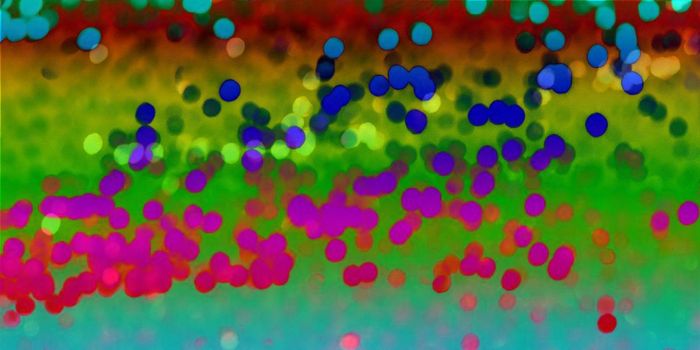For some, a glass of wine is just a nice drink that goes with a meal or a chat with a good friend. For others, it's about complex flavors, pairings with certain foods and a ranking system that makes the NFL draft look like a first grade gym class picking sides for kickball. At the bottom of every wine bottle, it comes down to chemistry. How a wine tastes, how strong it is and what "notes" it might have are all related to the chemistry of the kind of grapes, the type of soil in which they are grown and the weather in the vineyard.
When grapes are harvested and crushed, yeast that is either present in the grapes, or added by the vintner, begin to eat the sugars in the grapes and this process begins fermentation. Without this process, it would all just be grape juice. It's the fermentation that gives the wine its alcoholic content. Acetic acid and pyruvic acid are produced in red wine, giving it deep color and tartness. In white wine, it's ethyl acetate and diacetyl that result in the golden color and buttery flavor. It might seem that understanding wine is merely a social skill, the truth is it's just chemistry in action.








